Table of content
Introduction
Sea cucumbers, though humble in appearance, are a culinary delicacy in many Asian cuisines, prized for their unique texture and health benefits. Often referred to as “bêche-de-mer” or “haishen” in Chinese, these echinoderms are not vegetables but marine animals, revered for their gelatinous flesh and ability to absorb flavors. However, cooking sea cucumbers requires precision—especially when stir-frying—to achieve the ideal balance of tenderness and chewiness. A common question among home cooks and professional chefs alike is: How many minutes does it take to properly cook sea cucumbers in a stir-fry? This article delves into the science, techniques, and cultural practices surrounding sea cucumber preparation, offering a comprehensive guide to mastering this challenging ingredient.
The Basics of Sea Cucumber Preparation
Before addressing cooking times, it is crucial to understand the pre-processing steps that precede stir-frying. Fresh sea cucumbers are rarely used in cooking due to their tough, leathery texture and high water content. Instead, dried or salted varieties are more common, requiring rehydration and cleaning.
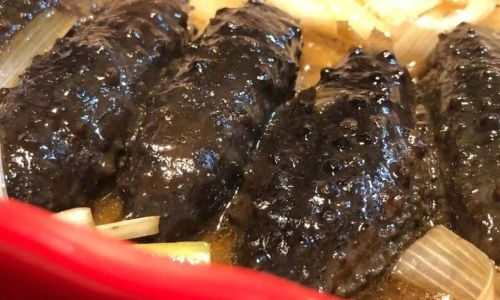
- Rehydration: Dried sea cucumbers must be soaked in water for 24–48 hours, with the water changed periodically to remove excess salt and impurities. This process softens the tissue and allows the cucumbers to expand to several times their original size.
- Cleaning: After rehydration, the sea cucumbers are slit open lengthwise to remove internal organs, sand, and grit. Some recipes also recommend boiling them briefly in water with ginger and scallions to eliminate any lingering fishy odor.
Without proper pre-processing, even the most meticulously timed stir-fry will result in a rubbery, inedible dish.
Stir-Frying 101: The Science of High-Heat Cooking
Stir-frying is a high-heat, quick-cooking method that relies on the Maillard reaction and caramelization to develop complex flavors. However, sea cucumbers present a unique challenge: their high collagen content requires careful temperature management to prevent toughening.
Key Factors Affecting Cooking Time:
- Pre-Cooking Methods: Many recipes call for simmering or pressure-cooking sea cucumbers before stir-frying to tenderize them further. This preliminary step reduces the final stir-fry time.
- Size and Thickness: Larger or thicker slices take longer to cook than thinly sliced or julienned pieces.
- Heat Intensity: A raging hot wok ensures rapid cooking, preserving texture while sealing in flavors.
How Long to Stir-Fry Sea Cucumbers?
The answer hinges on whether the sea cucumbers have been pre-cooked:
-
Pre-Cooked Sea Cucumbers:
- If simmered for 30–60 minutes until tender, stir-frying requires only 3–5 minutes over high heat. This brief cooking time allows the cucumbers to absorb the sauce and develop a glossy finish without becoming mushy.
- For pressure-cooked varieties (15–20 minutes), reduce stir-fry time to 2–3 minutes to avoid overcooking.
-
Uncooked or Partially Cooked Sea Cucumbers:
- Stir-frying without pre-cooking is not recommended, as the high heat will toughen the exterior while leaving the interior raw. However, if time is limited, slice the cucumbers thinly and stir-fry for 8–10 minutes over medium-high heat, adding splashes of liquid (stock or water) to steam-cook them partially.
Pro Tip: Always test doneness by piercing a piece with a chopstick. It should offer slight resistance but yield easily.
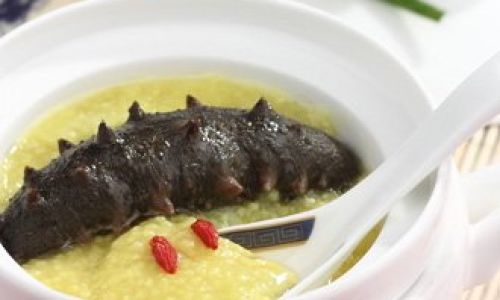
Factors Influencing Cooking Time
Thickness and Cut
- Thin Slices (Julienne): Cook in 2–3 minutes after pre-cooking.
- Thick Slices or Cubes: Require 5–7 minutes to ensure even heating.
Desired Texture
- Chewy Texture: Reduce cooking time to preserve firmness.
- Meltingly Tender: Extend stir-fry time slightly, ensuring the cucumbers are fully coated in sauce.
Accompanying Ingredients
- Delicate vegetables (e.g., snow peas, mushrooms) cook faster than heartier ingredients (e.g., bamboo shoots, carrots). Add sea cucumbers later in the process to avoid overcooking.
Step-by-Step Stir-Fry Guide
Ingredients (Serves 4):
- 200g pre-cooked sea cucumbers, sliced
- 1 tbsp cooking oil
- 3 garlic cloves, minced
- 1-inch ginger, julienned
- ¼ cup chicken stock
- 2 tbsp oyster sauce
- 1 tbsp soy sauce
- 1 tsp sesame oil
- 1 tbsp cornstarch (mixed with 2 tbsp water)
- Garnish: chopped scallions, cilantro
Instructions:
- Preheat the Wok: Heat oil until smoking. Add garlic and ginger; stir-fry for 30 seconds until fragrant.
- Add Sea Cucumbers: Toss gently for 1 minute to coat in aromatics.
- Deglaze and Simmer: Pour in chicken stock, oyster sauce, and soy sauce. Simmer for 2 minutes.
- Thicken Sauce: Stir in cornstarch slurry until glossy.
- Finish: Drizzle sesame oil and garnish. Serve immediately.
Total Stir-Fry Time: 5–7 minutes (excluding pre-cooking).
Common Mistakes to Avoid
- Skipping Pre-Cooking: Results in a rubbery texture.
- Overcrowding the Wok: Lowers heat and causes steaming instead of stir-frying.
- Using High Sodium Sauces: Overpowers the delicate flavor of sea cucumbers.
- Underseasoning: Sea cucumbers absorb flavors, so season boldly.
Advanced Techniques for Gourmet Results
- Velveting: Marinate sea cucumbers in a mixture of egg white, cornstarch, and Shaoxing wine before stir-frying for extra tenderness.
- Double-Cooking Method: Blanch pre-cooked cucumbers in boiling water for 1 minute, then shock in ice water before stir-frying. This ensures a crisp exterior.
- Flavor Pairings: Experiment with black bean sauce, fermented tofu, or chili oil for regional variations.
Cultural Significance and Health Benefits
In Chinese cuisine, sea cucumbers symbolize wealth and prosperity, often served during festive occasions. Nutritionally, they are low in fat but rich in protein, collagen, and antioxidants, making them a sought-after ingredient in anti-aging and joint health remedies.
Conclusion
Mastering the stir-fry time for sea cucumbers is a blend of science and art. While pre-cooked varieties require just a few minutes over high heat, the key lies in understanding the interplay between texture, heat, and seasoning. Whether you prefer a chewy bite or a melt-in-the-mouth consistency, patience and precision will elevate this humble ingredient into a culinary masterpiece. Remember: the best dishes are those cooked with care, not haste.
Final Tip: For novice cooks, invest in a kitchen timer and practice with small batches. Over time, you’ll develop an intuitive sense of when your sea cucumbers are perfectly cooked—a skill as valuable as any chef’s knife.
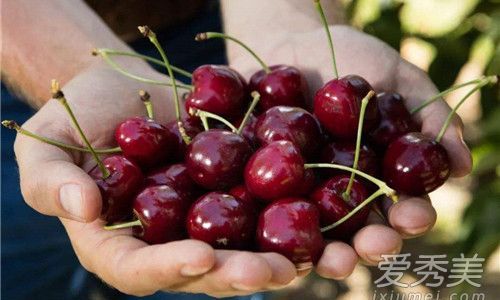
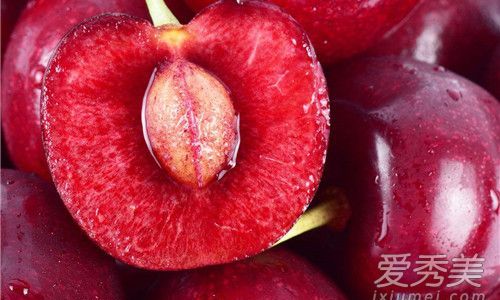
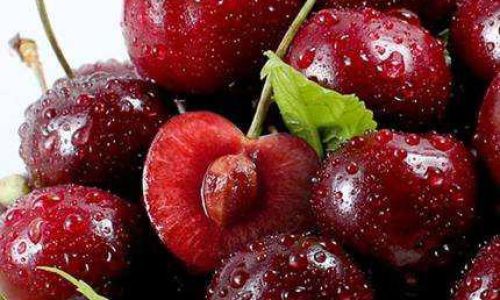
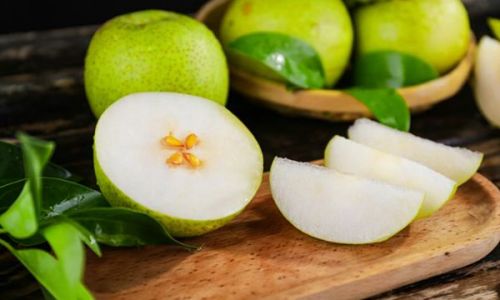
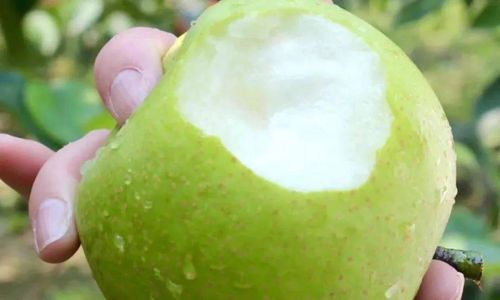
0 comments